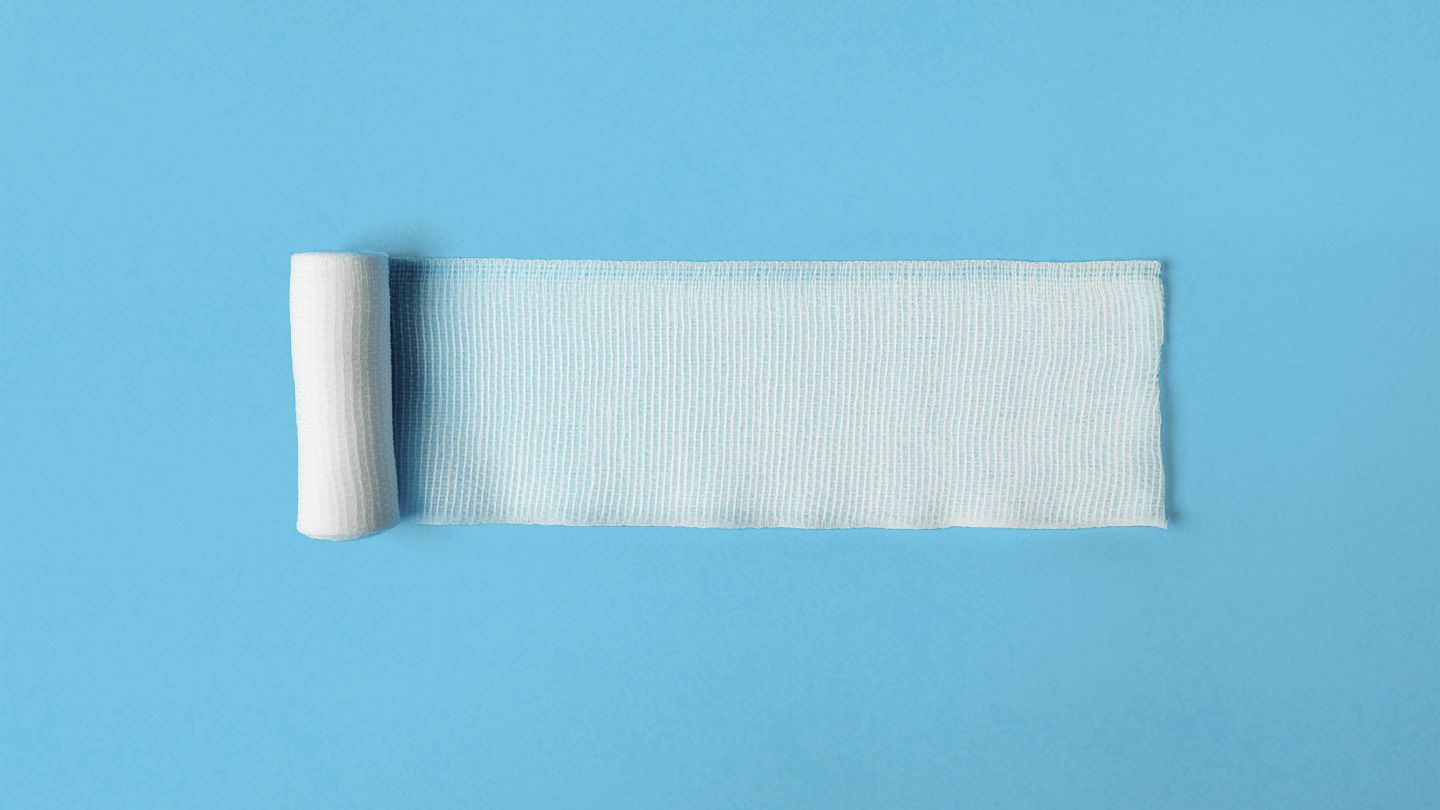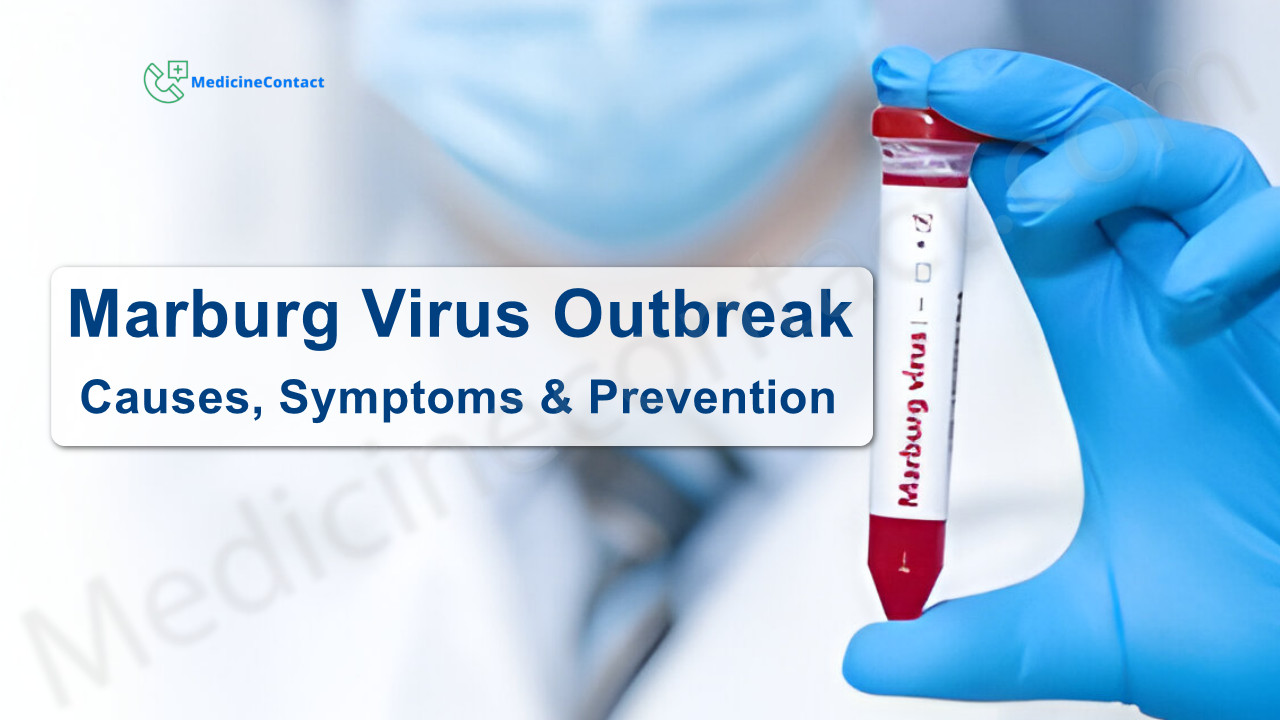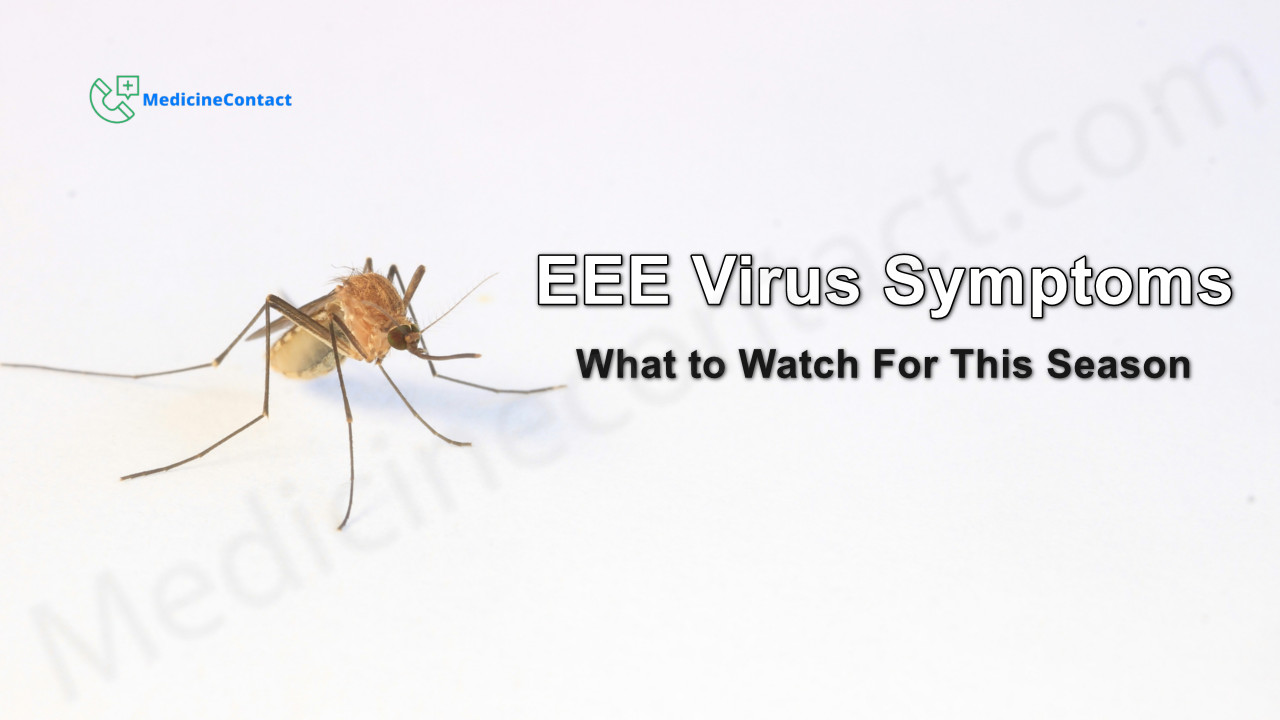
Assessing the Severity of a Bullet Wound in the Shoulder
A bullet wound in the shoulder can range from minor to life-threatening depending on the location and structures impacted. Assessing the severity quickly is crucial to get appropriate help.
Look for Entry and Exit Wounds
Check the front and back of the shoulder carefully for evidence of entry and exit wounds. A through-and-through wound that passes all the way through the shoulder suggests the bullet did not hit bone or get lodged inside. However, it also creates two bleeding wounds.
Note Damage to Bone and Joint Structures
The shoulder is a complex joint with many bones, tendons and ligaments. Bullet wounds can fracture the collarbone, shoulder blade or upper arm bone. Check for pain, swelling, deformity or instability which signal bone or joint injury.
Watch for Signs of Major Vascular Injury
Major blood vessels like the axillary artery and veins run through the armpit area. Signs of major vascular injury include heavy, pulsatile bleeding and a weaker pulse below the wound. These require immediate emergency care.
Assess Range of Motion and Motor Function
Ask the person to gently move their shoulder and wrist to check for motor function impairment. Inability to move the arm or hand can signal bullet injury to nerves and require prompt medical care.
Monitor Breathing Difficulties
Bullet wounds near the top of the shoulder can injure the lungs and cause breathing problems. Watch for difficulty breathing, coughing up blood, or a sucking chest wound.
Provide First Aid While Waiting for Medical Help
Once you’ve assessed bullet wound severity, provide appropriate first aid. Time is critical, so call 911 or activate emergency response immediately.
Stop the Bleeding
Use direct, firm pressure on the wound with a clean cloth to help stop bleeding. Elevate the arm above heart level if possible. If bleeding soaks through, add more pads and fabric strips over the wound without removing the original bandage.
Watch for Shock
Bullet wounds can cause serious blood loss leading to shock. Monitor for signs like pale, cool, clammy skin, weak rapid pulse, dizziness and confusion. Keep the person still and maintain normal body temperature.
Immobilize the Shoulder
Stabilize the shoulder using a sling and swathe bandage or improvised materials. This limits motion and further injury while transporting to medical care. Leave any impaled objects in place.
Be Prepared to Perform CPR if Needed
Severe shoulder wounds can injure major blood vessels and be fatal. Be ready to perform CPR and utilize an AED if the person becomes unresponsive while waiting for emergency medical services.
Special Considerations for Gunshot Wounds
Bullet injuries have some unique characteristics requiring specific care until the trauma team arrives.
Watch for Hidden Injury
Bullets can tumble and fragment inside the body, causing damage away from the entry site. Look for exit wounds not aligned with the entry point. Monitor breathing, circulation and neurological status closely.
Leave Bullets and Fragments In Place
Don’t try to remove bullets or bullet pieces embedded in tissue. This can cause more harm. Let the surgeons handle removal once the person is stabilized.
Apply a Sterile Dressing
Bullet wounds have high infection risk. Use clean cloth or gauze dressings over the wounds, applying pressure directly on the bleeding sources. Avoid disturbing any impaled objects.
Treat for Shock
Assume severe blood loss with any gunshot wound. Elevate legs, keep the person warm using coats or blankets, and position them on their back if spinal injury is not suspected.
Priorities for Medical Treatment
Once emergency medical services arrive, they will rapidly assess, stabilize and transport the gunshot victim to the appropriate trauma facility.
Airway and Breathing Management
Paramedics will secure the patient's airway and give oxygen. Treatment for any chest injuries like a sucking chest wound comes next.
Bleeding and IV Access
Medical personnel will begin IV access and fluid resuscitation while addressing any uncontrolled bleeding. A tourniquet may be applied for severe arm or shoulder bleeding.
Keep the Wound Immobile
They will cut away clothing as needed while avoiding excess shoulder movement that could worsen injuries. Splinting with a clamshell brace provides immobilization.
Transport Rapidly to a Trauma Center
Once stabilized, prompt transport by ambulance or helicopter to a major trauma hospital allows definitive surgical management and reduces mortality.
Potential Complications of Shoulder Gunshot Wounds
Even with appropriate first aid, complications can develop that require hospital management.
Bullet Embolization
Rarely a dislodged bullet fragment can travel through blood vessels and block circulation elsewhere. This requires emergency surgery to remove.
Neurovascular Compromise
Major artery or nerve injury can develop causing limb ischemia or paralysis. Vascular repair and nerve decompression procedures may be needed.
Lead Poisoning
Lead left inside tissues from bullet fragments can cause toxicity. Chelation therapy may be done to help remove residual lead.
Chronic Pain and Stiffness
Nerve, muscle and bone damage can result in chronic shoulder pain, loss of motion and post-traumatic arthritis.
Infection
Bullet wounds are prone to contamination. Signs of local infection or sepsis need antibiotic treatment and wound care management.
Rehabilitation After a Shoulder Gunshot Injury
After surgical treatment, the focus shifts to restoring shoulder function through rehabilitation.
Regain Motion and Strength
Once wounds heal, physical therapy starts to improve range of motion, flexibility and strength. This may begin with passive motion and progress to active exercises.
Normalize Use of the Arm and Hand
Occupational therapy helps the person regain fine motor control and performance of daily activities like dressing, bathing and self-care.
Managing Pain
Modalities like desensitization, massage, heat, cold and electrical stimulation can help relieve post-trauma shoulder pain.
Prevent Complications
The rehab team works to prevent shoulder stiffness, muscle atrophy, frozen shoulder, and post-traumatic arthritis through active therapies.
Psychological Support
Counseling assists gunshot victims with managing emotional trauma reactions, anxiety and depression during recovery.
Regain Function and Quality of Life
The goal is maximizing shoulder function despite permanent structural damage so the person can return to daily and work activities.
Summary - Responding to a Bullet Wound in the Shoulder
Gunshot injuries to the shoulder require quick action and appropriate care to control bleeding, stabilize fractures, monitor for other injuries and prevent further damage. While waiting for emergency personnel, apply direct pressure, immobilize the arm, watch for shock and be prepared to perform CPR if needed. Urgent surgical treatment, potential complications to monitor for, and post-injury rehabilitation can all help optimize long-term function and outcomes.
FAQs
How do I stop bleeding from a bullet wound in the shoulder?
Apply direct, firm pressure over the wound with a clean cloth, bandage or your hand. If blood soaks through, add more padding and press again without lifting the original bandage. Elevate the arm if possible and continue pressure until bleeding stops.
Should I remove a bullet lodged in the shoulder?
No, never try to remove a bullet or fragments yourself as this can cause more tissue damage. Leave any debris in place for surgical removal later.
What are signs of a severe shoulder gunshot wound?
Heavy bleeding not stopped with pressure, difficulty breathing, sucking chest wound, loss of pulse below injury, severe pain, bone fragments poking out, loss of arm or hand function signal a severe, life-threatening wound.
How can I tell if a bullet fractured shoulder bones?
Symptoms like swelling, bruising, deformity, grating sensation, shoulder instability or inability to move the arm indicate possible fracture of bones like the collarbone, shoulder blade or humerus.
When can motion be started after a shoulder gunshot injury?
After surgical repair and initial healing, gentle shoulder motion and physical therapy is typically started around 2-6 weeks post-injury. The timeline depends on wound severity and structures damaged.
Disclaimer: This article is for informational purposes only and does not constitute medical advice. Always consult with a healthcare professional before starting any new treatment regimen.




